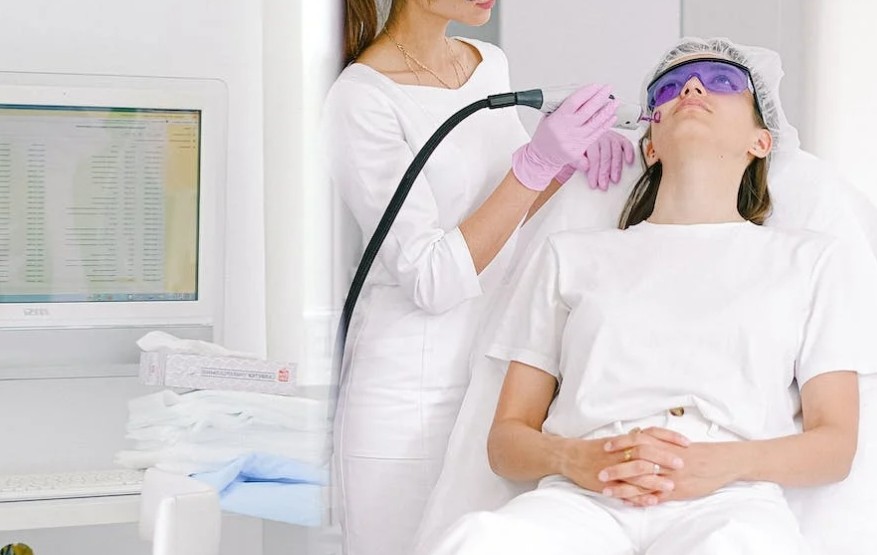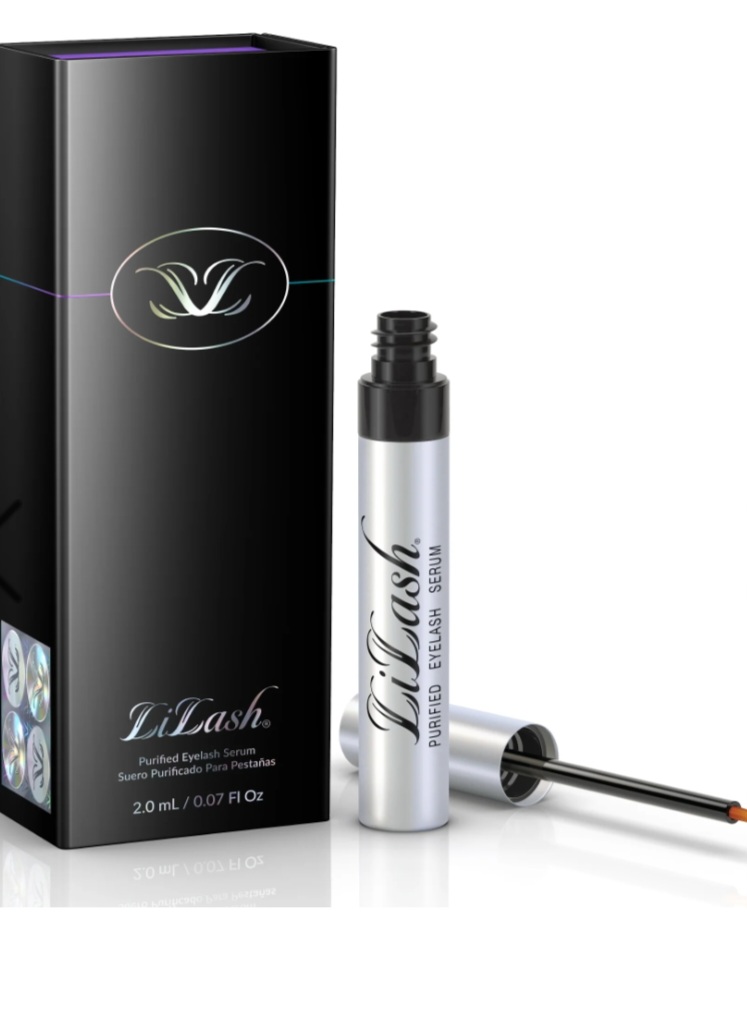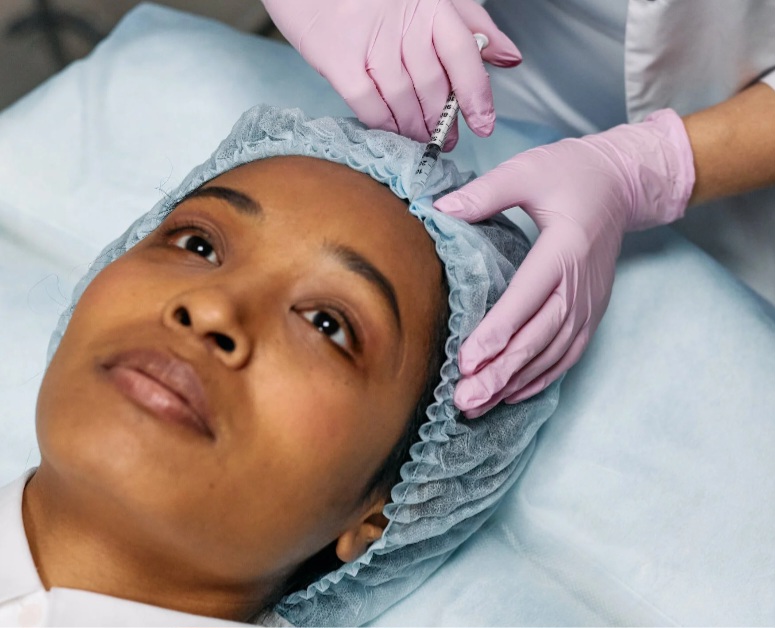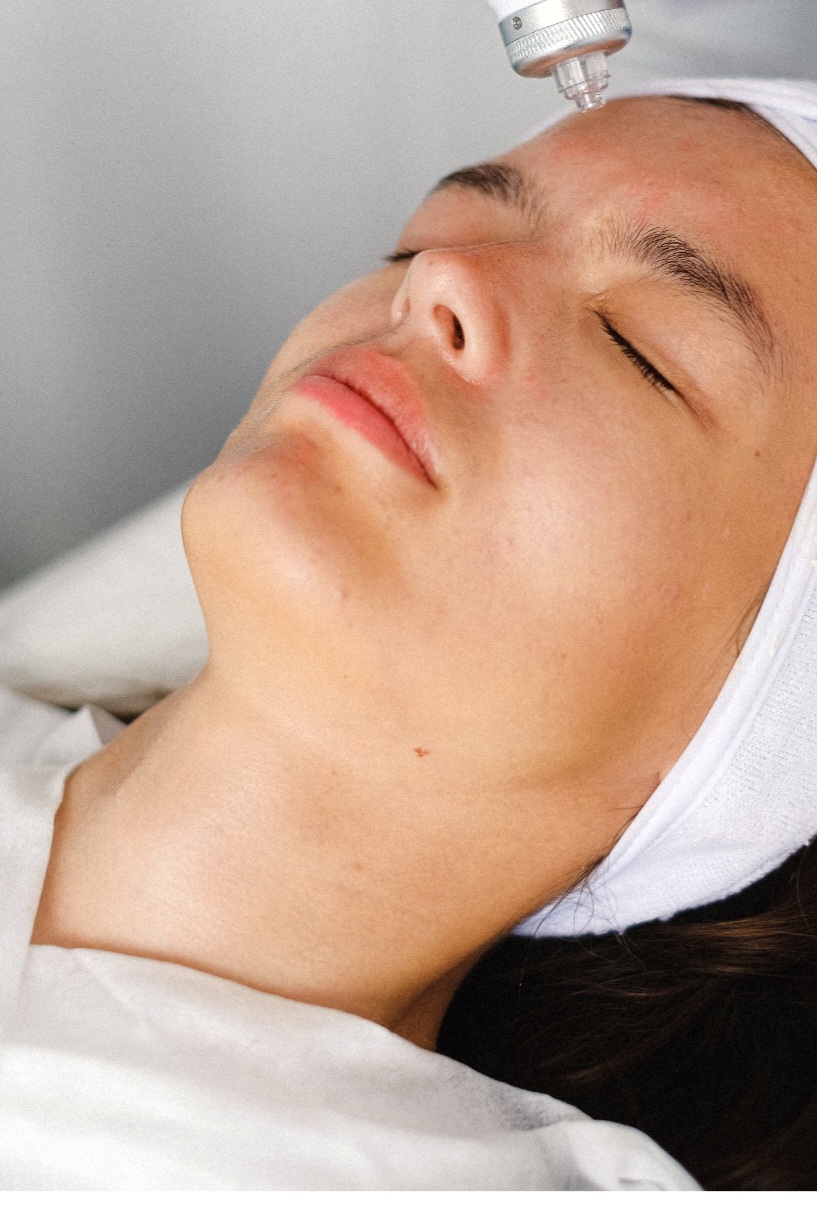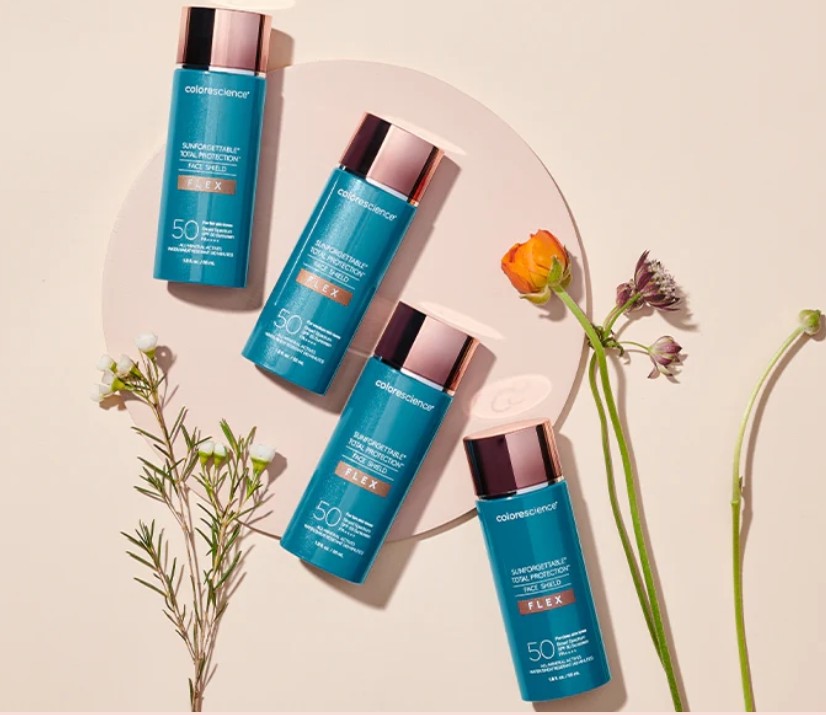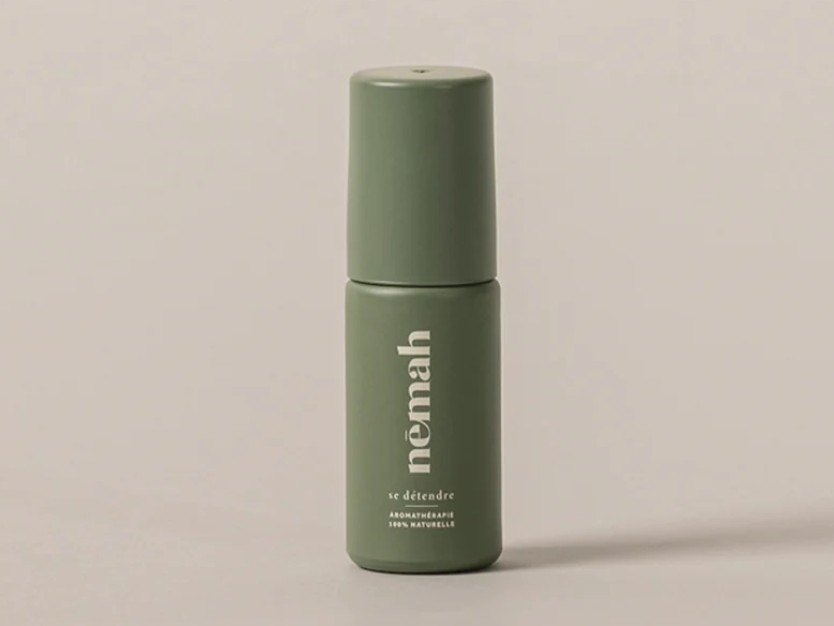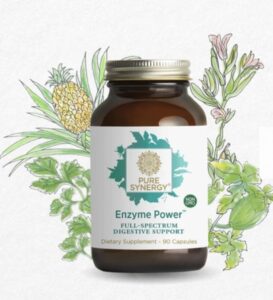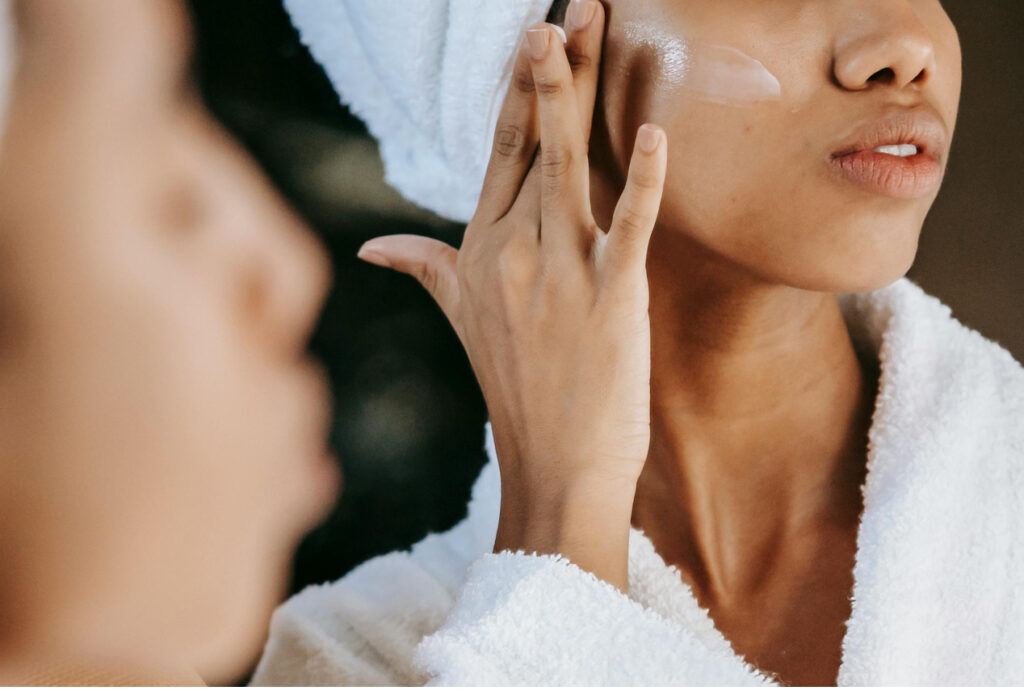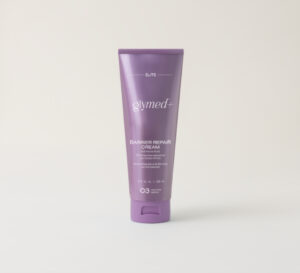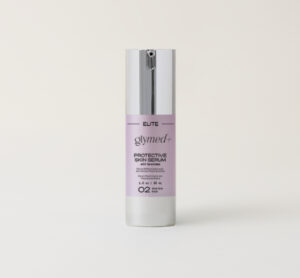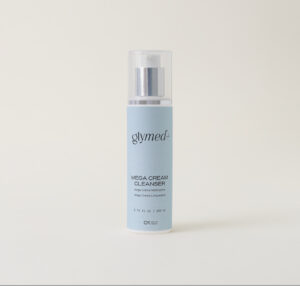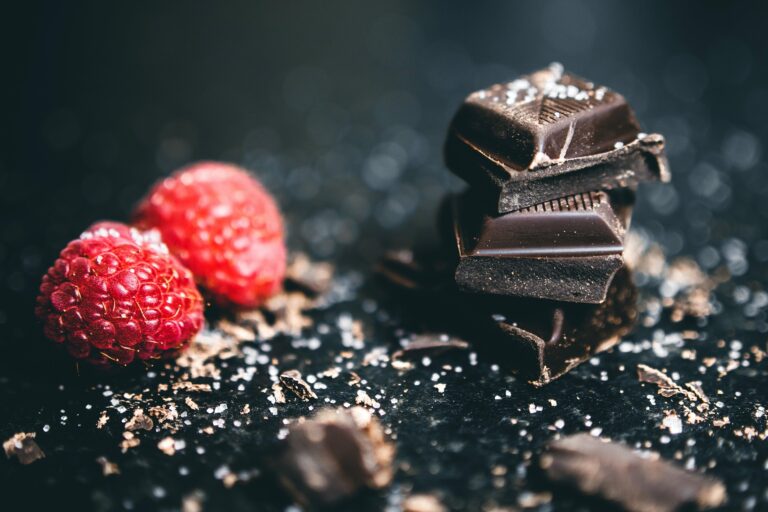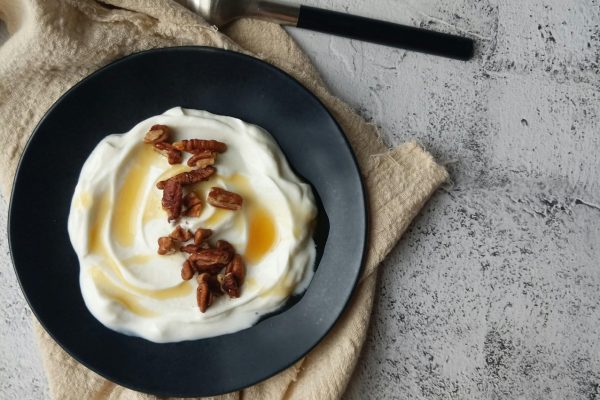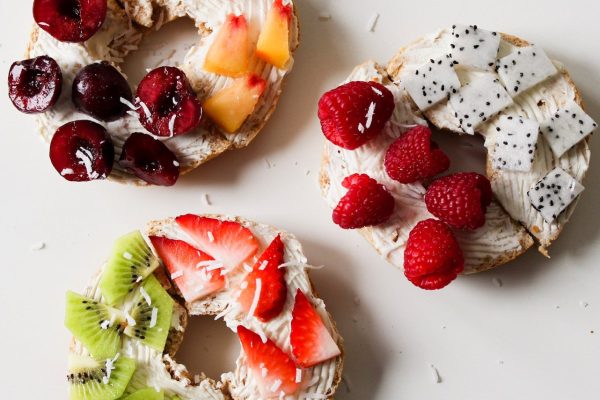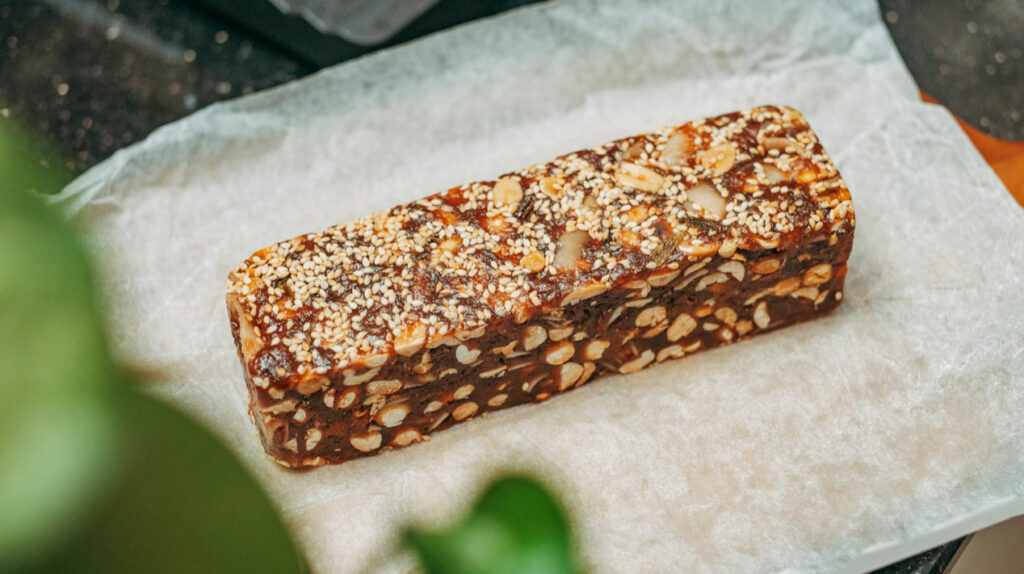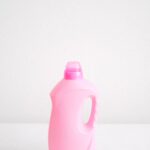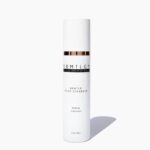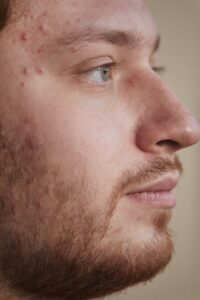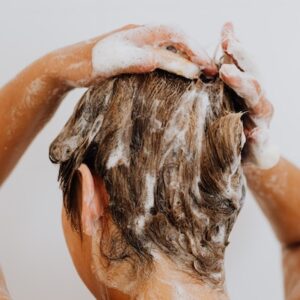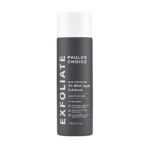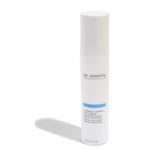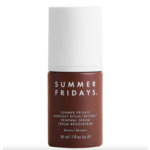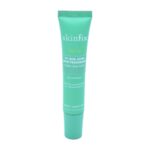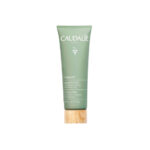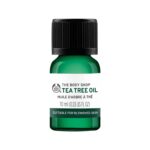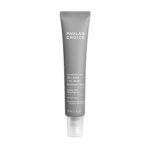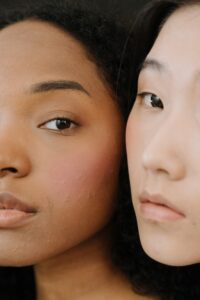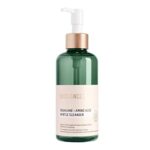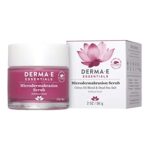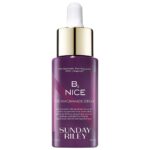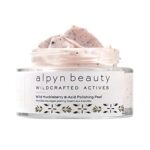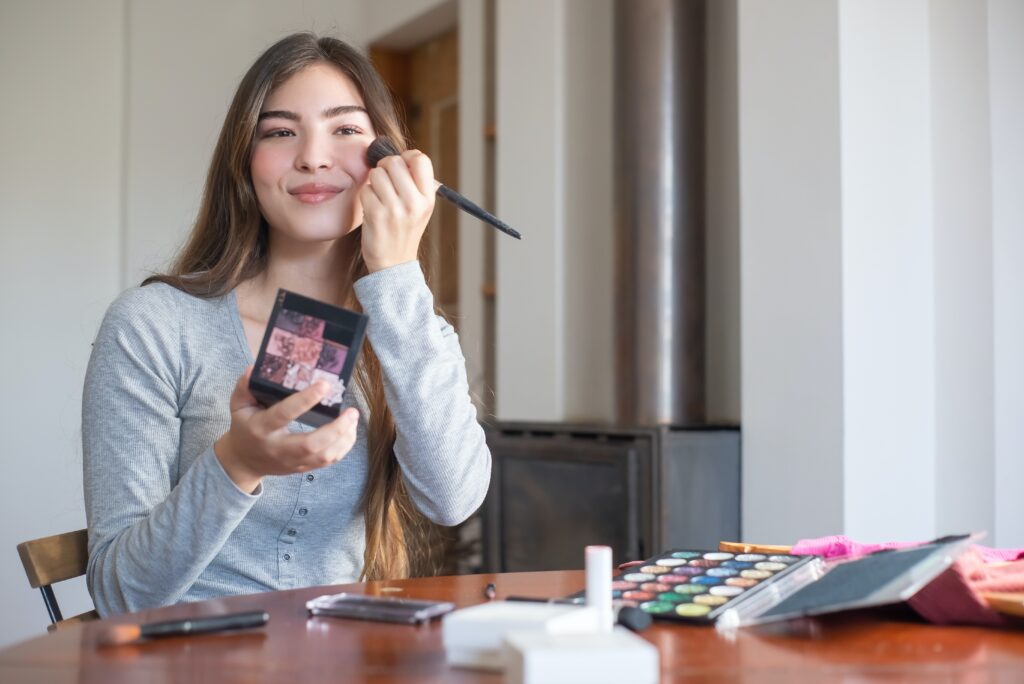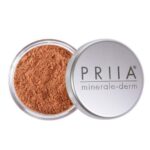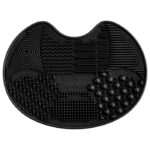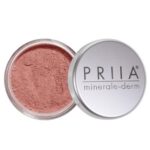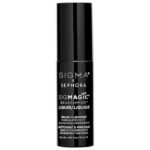Myth Busting Monday
Myth: Oily skin doesn’t need moisturizer. Bust: Even oily skin benefits from hydration. Skipping moisturizer can lead to increased oil production. Latest Posts
Spotlight Saturday
Microdermabrasion Treatment For Hyperpigmentation This treatment uses a device to exfoliate the top layer of skin, which can help improve the appearance of dull skin. Microdermabrasion will help reduce the appearance of hyperpigmentation by removing the top layer of skin, where the pigmented cells are located. Latest Post
Myth Busting Monday
Myth: Pored can be opened and closed. Bust: Pores don’t have muscles, so they can’t open or close. Warm water can temporarily relax them, but it won’t change thier size. Latest Post
Tips & Tricks Tuesday
Eyelash Serum instead of Eyelash Extensions Eyelash serum promotes natural lash growth, leading to longer and fuller lashes over time. It provides long-term results with less maintenance compared to eyelash extensions, which require regular upkeep. Eyelash serum can also improve the health of your natural lashes and does not pose the risk of allergic reactions […]
Myth Busting Monday
Myth: Skincare products can shrink pores. Bust: While some products can temporarily reduce the appearance of pores, they can’t change their actual size. Latest Posts
Spotlight Saturday
Dermal Fillers For Acne Scars Fillers can be used to fill in depressed acne scars, making them less noticeable. They are temporary and will need to be repeated periodically. Latest Post
Myth Busting Monday
Myth: Using more product enhances effectiveness. Bust: Using excessive amounts of skincare products doesn’t necessarily improve results and can lead to product wastage and skin irritation. Latest Post
Myth Busting Monday
Myth: Tanning clears acne. Bust: While sun exposure can temporarily improve acne due to its drying effect, it can worsen skin health in the long run and increase the risk of skin cancer.
Spotlight Saturday
Microneedling Treatment For Fine Lines And Wrinkles This treatment uses tiny needles to create micro-injuries in the skin, which stimulates collagen production and helps improve the appearance of fine lines and wrinkles (should only be done professionally). Latest Post
Myth Busting Monday
Myth: Acne only affects teenagers. Bust: Acne can affect people of all ages. Hormonal changes, stress, and other factors contribute to acne in adults as well. Latest Post
Spotlight Saturday
Color Science Brand Colorescience is a trusted brand known for its high-quality mineral-based skincare and makeup products, making it a reliable choice if you are seeking gentle yet effective formulations. Their products, often recommended by dermatologists, are free from harsh chemicals, fragrances, and parabens, catering to sensitive skin types. Colorescience’s multi-tasking approach offers convenience, combining […]
Wellness Wednesday
Essential Oil Roll on A blend of essential oils known for their relaxing and calming properties, such as lavender, chamomile, and bergamot. These oils can help reduce stress, promote relaxation, and improve sleep quality, making it beneficial for overall well-being and mental health. Recent Posts

